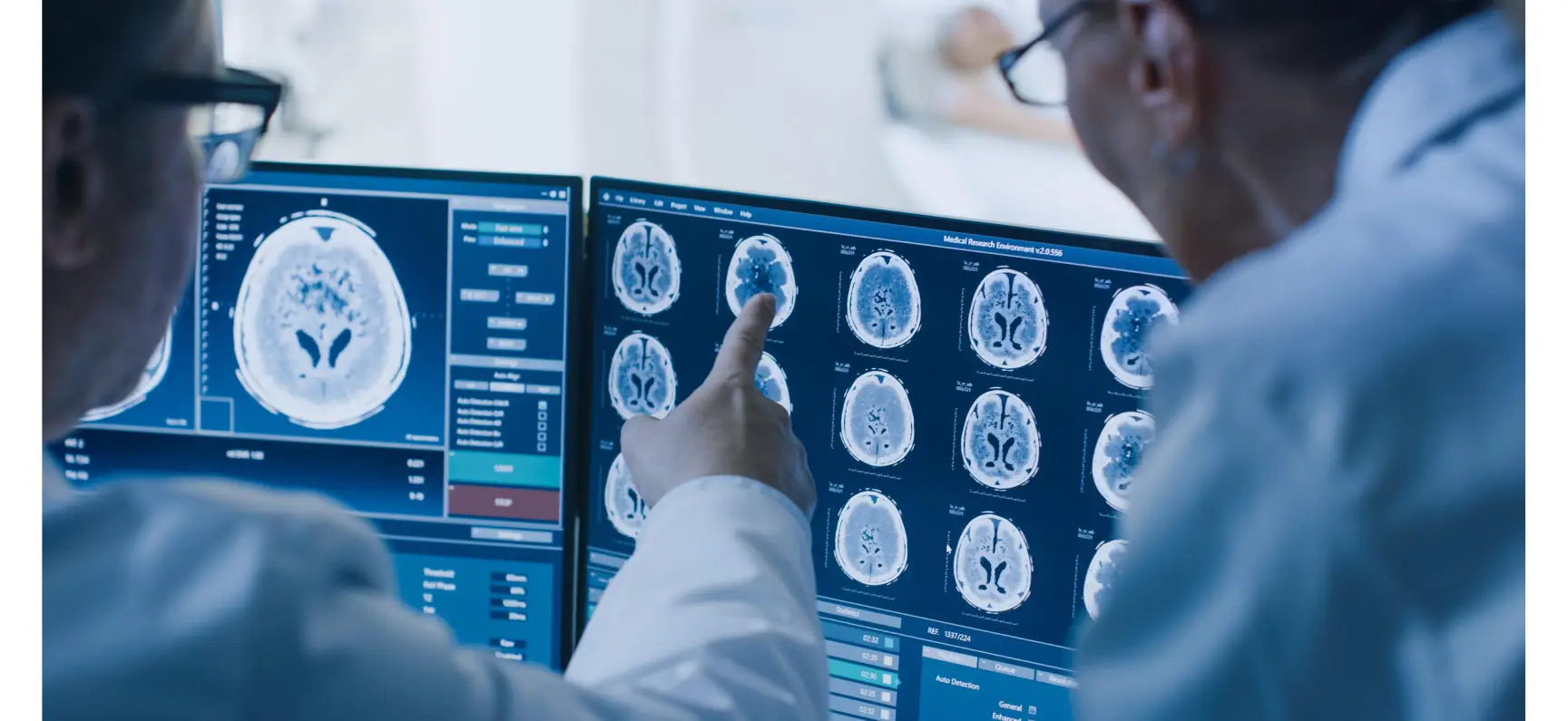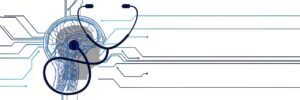In my years of practice as a neurologist, I’ve seen countless examples of the disconnect between primary care providers (PCPs) and specialists. Poor communication, inefficiencies in referrals, and fragmented care often stand between patients and the timely, expert treatment they need. But I’ve also seen hope. Initiatives like the Association of American Medical Colleges’ (AAMC) Project CORE have demonstrated that change is possible—and that we can create a better, more efficient system of care. Drawing from these lessons, I believe we can take the concept of curbside consultations to a new level, improving care for patients and streamlining workflows for specialists.
The Reality of Today’s Curbside Consults
Curbside consults have been a staple in medical practice for decades. These informal exchanges allow PCPs to gain specialist input without a formal referral. While convenient, this method is often inefficient:
- Details are missed due to a lack of structured communication.
- Specialists receive unclear or incomplete information, resulting in suboptimal guidance.
- These interactions typically go undocumented, leaving gaps in the patient’s record and care plan.
Despite these challenges, the concept of curbsides holds immense promise. When done right, they offer a way to deliver timely, expert care without the barriers of traditional referrals. To unlock this potential, we need a structured, technology-driven approach—one that ensures efficiency, accuracy, and collaboration.
Lessons from Project CORE: The Blueprint for a Better System
The AAMC’s Project CORE provides a roadmap for what effective collaboration between PCPs and specialists can look like. Their model integrates enhanced referrals and eConsults into the healthcare workflow, offering a glimpse of the possibilities when we prioritize communication and coordination.
Enhanced Referrals
With enhanced referrals, PCPs use condition-specific templates to provide specialists with all the necessary information upfront. These templates include:
- A clear clinical question.
- Relevant diagnostic data.
- Expectations regarding the scope and duration of care.
As a neurologist, I know how transformative this level of detail can be. Instead of wasting time gathering missing information, specialists can focus on delivering actionable insights, ensuring that every patient encounter is meaningful and productive.
eConsults
eConsults take the concept of curbside consultations to the next level. These asynchronous, EMR-based exchanges allow specialists to review cases and provide input without requiring an in-person visit. For straightforward, low-acuity cases, this means:
- Faster responses for PCPs and patients.
- Reduced need for unnecessary referrals.
- Greater efficiency in delivering care.
The success of eConsults in Project CORE is undeniable. In just three years, participating sites avoided more than 7,300 unnecessary referrals and completed over 16,000 eConsults. These numbers highlight the potential of this model to save time, reduce costs, and improve outcomes.
Imagining the Future of Curbside Consultations
Building on the principles of Project CORE, I envision a future where curbside consultations are a cornerstone of patient-centered care. Here’s what this could look like:
1. A Digital-First Approach
Platforms like DocSide represent the evolution of curbsides, using technology to bridge gaps between PCPs and specialists. By integrating structured templates and secure communication channels, these platforms can:
- Standardize the information exchanged during curbside consults.
- Ensure documentation is seamless and accessible within the EMR.
- Facilitate timely responses, allowing PCPs to act quickly and confidently.
2. Improved Specialist Workflows
As specialists, we often find ourselves buried under a mountain of referrals, many of which could be managed by PCPs with the right guidance. By streamlining the consulting process, we can:
- Dedicate more time to high-acuity cases.
- Increase our availability for new patients.
- Reduce administrative burdens, enhancing overall job satisfaction.
3. Enhanced Patient Experience
For patients, the benefits are clear:
- Faster access to specialist input.
- Fewer unnecessary visits and tests.
- Lower out-of-pocket costs and reduced travel time.
Patients want care that is efficient and effective. By rethinking how we deliver curbside consultations, we can meet these expectations and improve trust in the healthcare system.
Challenges We Must Overcome
While the future is promising, achieving this vision won’t be without challenges. Here are a few areas we must address:
1. Adoption and Training
For tools like DocSide to succeed, we need widespread adoption among both PCPs and specialists. This requires training programs that demonstrate the value of these platforms and ensure users are comfortable navigating them.
2. Removing Existing Communication Barriers
Healthcare professionals should not have to juggle multiple platforms or workflows to communicate with each other. Instead, curbside solutions must be accessible and simple.
3. Recognition of the Value of Curbsides
Historically, curbside consults have been provided as a professional courtesy. While most insurers now reimburse for curbsides, utilization rates of related CPT® codes only represent a minuscule fraction of work actually being done.
A Call to Action: Building a Better System Together
As specialists, we have a unique opportunity to shape the future of healthcare. By embracing tools like DocSide and advocating for structured, efficient curbside solutions, we can:
- Enhance the quality of care we provide.
- Build stronger relationships with our PCP colleagues.
- Improve the overall patient experience.
The time to act is now. Healthcare is shifting from volume-based to value-based care, and specialists must be at the forefront of this transformation. Let’s take the lessons from Project CORE and apply them to create a system that works better for everyone.
The Future is Collaborative
Curbside consultations have the potential to revolutionize how specialists and PCPs collaborate. By leveraging technology, embracing structured workflows, and prioritizing patient outcomes, we can turn this vision into reality. Platforms like DocSide are leading the charge, offering solutions that align with the principles of Project CORE while addressing the unique needs of specialists.
As a neurologist, I’m excited about what the future holds. Let’s work together to build a system where curbside consultations are no longer a workaround but a standard of care that benefits patients, providers, and the healthcare system as a whole.
For those interested in learning more about DocSide or exploring how these innovations can transform your practice, I encourage you to take the first step. Together, we can create a better future for curbside care.
Source of Data: This article draws from the Association of American Medical Colleges’ Project CORE overview, which underscores the value of enhanced referrals and eConsults in revolutionizing care delivery. For more insights, visit aamc.org/projectcore.





